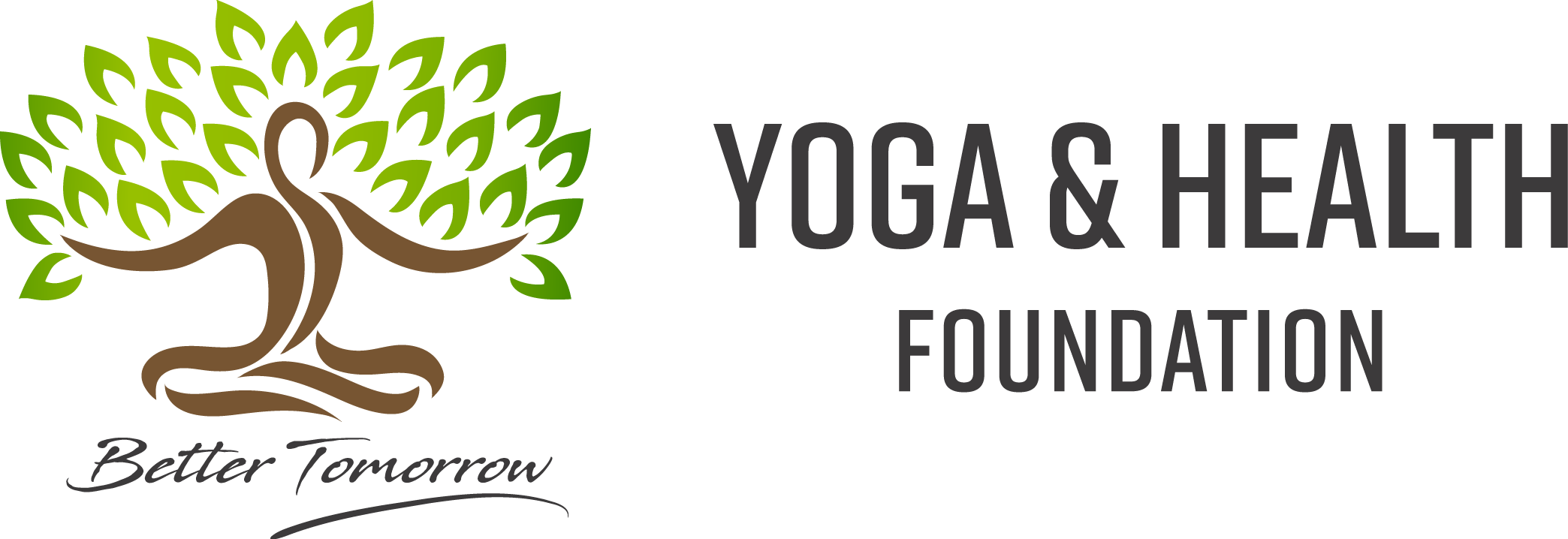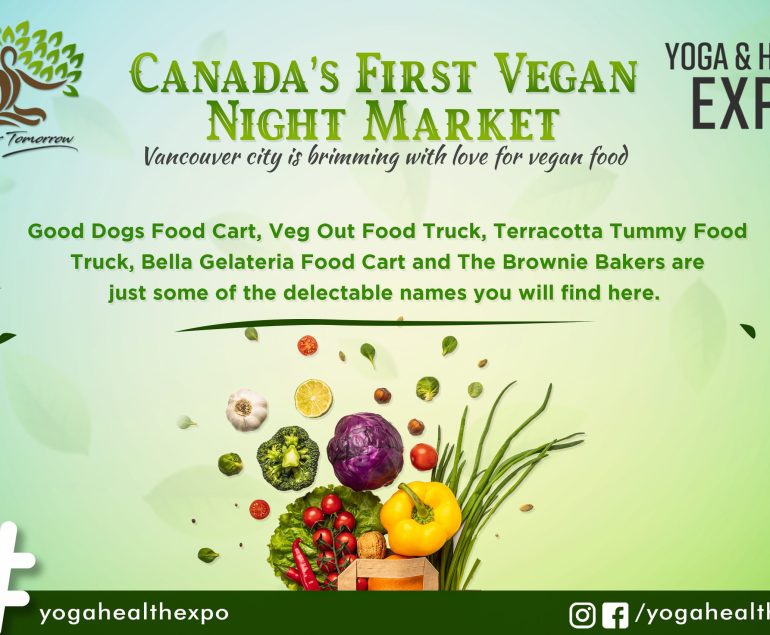I don’t want to share yet another “perfect diet” that will finally make you healthy and happy because I don’t think it exists. To my current knowledge, there is no one diet that fits all. We are all individual beings with individual needs and bodies. So please do yourself a favour and don’t buy into what all the “diet gurus“, celebrities and diet magazines make you believe you need to eat in order to lose those 10 extra pounds / look young / finally be happy / etc. .
All it does is – creating short term happiness and success but most likely it won’t have long lasting effects and will leave you disappointed again later.
I know that all the diet information out there is overwhelming. Often times we are flooded with conflicting information and it is hard to understand what of it is “right“ and what’s “wrong“. I want to bring some light into the darkness and start rather simple: If there is one thing I learned consistently in my different trainings as a nutritionist, it is that “everything starts with the gut“. Once you have a healthy digestion, many “problems“ will naturally resolve themselves. This is why today I want to share a few simple tips on how to aid your digestion, so you get the most energy & nutrients from whichever foods you’re choosing to
eat.
How can you assure a healthy digestion?
Hunger: First things first, ideally try eating only when you are actually hungry. This is your body ingling you “I need energy and I’m ready to receive it now!”.
I know this isn’t always possible, life comes in the way sometimes: we have a work schedule and kids and a dog and important meetings and yoga classes, etc., you name it.
So sometimes we can’t eat when we would like to eat.
The right environment: Nevertheless, even then there are things you can do to ease the digestive process. You need to know that digestion actually starts already before you’ve put any bit of food into your mouth. You might have noticed this before: Once you think about, see or smell your favourite meal, the amount of saliva in your mouth immediately starts to increase. This is your body preparing for the food to arrive, moving into “rest and digest mode”. So the next crucial step for a healthy digestion is to create the right environment for it to take place. You can do that by connecting to your food. It can be as simple as smelling it, giving thanks or blessing it. Then sitting down to eat, setting time aside where there are no distractions or stress through phone, newspaper or TV for the entirety of your food break.
Chew: Next up once you actually ingest food, chew your bites properly until you created a soupy consistency. I don’t want to give a number on “how many times one should chew“ because I personally think it takes the fun away from eating, plus I want you to be with your food not in your head. Proper chewing means less work for the stomach and more surface area for nutrient breakdown. It ensures that the enzymes, aka little helpers in your stomach and intestine, can do their job decently – so no digestible food is left behind. Enzymes are essentially deconstructing food into its smallest building blocks which can then be absorbed from the gut into the bloodstream. They are then distributed to all your body cells where they are converted into energy.
Fiber rich foods: However, the digestive process doesn’t stop with the uptake of the tiny building blocks. You might have heard before that you need to eat “fiber”. Have you ever wondered what that actually is and why it is so important for a good digestion?
There are different kinds of fiber with various actions, but the bottom line is they are all indigestible, no matter how well you chew on them, they will not make their way into your bloodstream. This is because we humans don’t have the type of enzymes we need to break them down into an absorbable form. Nevertheless these fibers – which by the way can only be found in plants (aka veggies, fruits, legumes, grains, nuts & seeds) – are little helpers themselves. There are ones that increase stool bulk which makes the bowels move, essentially preventing constipation. Another type of fiber escorts excess cholesterol, fat-soluble toxins, drug by-products, hormone residues and other waste products out of our bodies by binding to them. In addition to that, fiber is the food source for the gut microbiota (mainly bacteria in your colon) which helps to protect you against ingested pathogens, overpopulation of “bad” bacteria and it even produces certain vitamins.
Bowel movements: You might be wondering by now what a healthy digestion is supposed to “look” like. Now, the problem I see, is that we love talking about what we eat but rarely do we mention what comes out later. Bowel movements is such a taboo topic, although it is natural and we all know everyone has to “use the washroom”. Bowel movements can be a really important indicator of your overall health. If you are already grossed out, I’m sorry, but I promise I
won’t go any further than this: Ideally you’re going 1-3 times per day without having to strain. If you are more curious about the consistency you’re aiming for, type “Bristol stool chart“ in google.
Water:
The last tip I want to give is to make sure you drink enough liquids throughout the day. Fill up your 1 litre bottle with water or unsweetened tea and put it on your bedside table every night. First thing in the morning drink at least 250 ml and the rest throughout the morning/early afternoon, ideally away from meals.
Fill your bottle again in the afternoon and carry it around with you, so in the end of the day you drank at least 1.5 litres of water. This helps to achieve the right bowel movement consistency, prevents constipation, keeps your skin hydrated and ensures your cells get their nutrients. Unfortunately there is only so much I can say in one article and I have already exceeded the maximum amount of words but of course there are plenty more tips for a healthy digestion, so I hope you can join my short talk on digestion at the international Yoga Day and don’t hesitate to reach out to me for more information and help.


